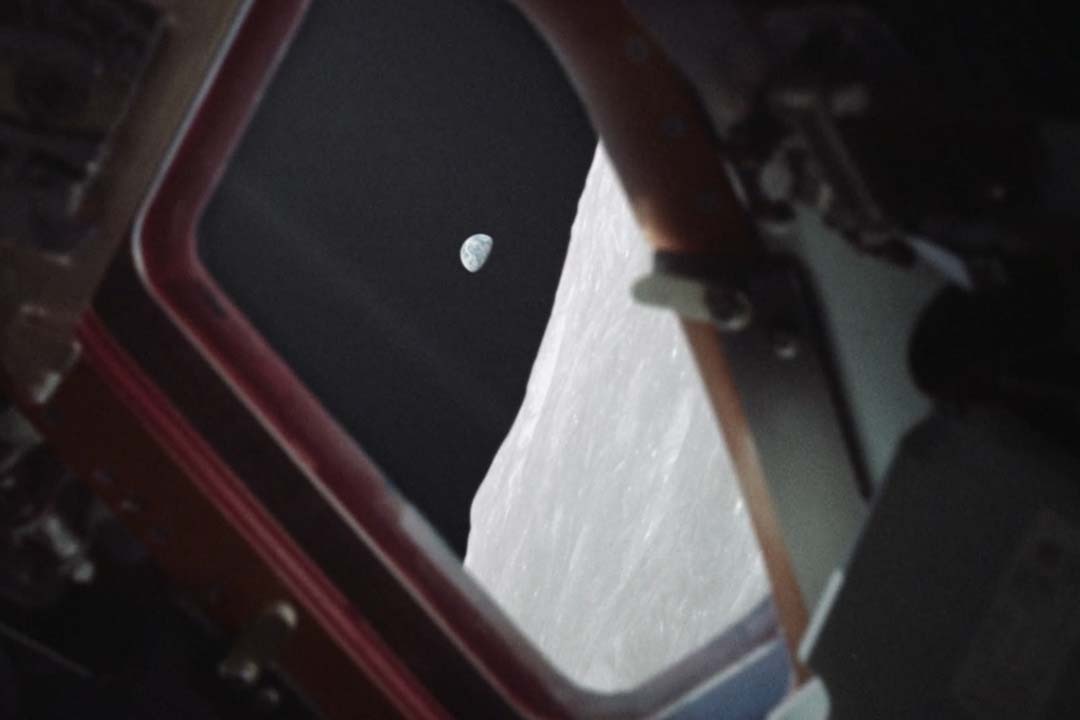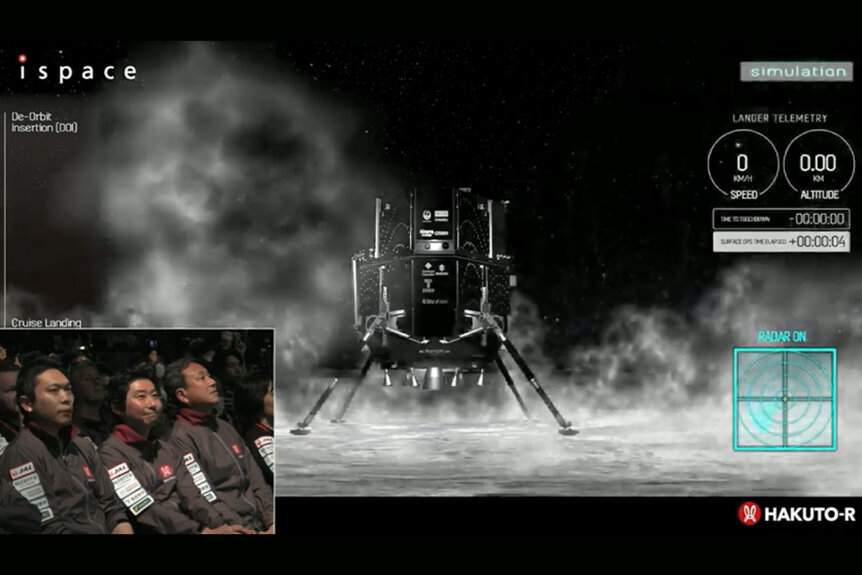Create a free profile to get unlimited access to exclusive videos, sweepstakes, and more!
World's first private lunar lander is missing, presumed dead
The Moon will kill anything, given half a chance.

Life on our planet has had an eons-long love affair with the Moon. Its constant pull moves the very oceans of our world, its light and movement across the sky guides migrating animals, and some species even time their love-making to the lunar cycle. By the time anatomically modern humans showed up, a fascination with the Moon was hardwired. Over the last several hundred thousand years, the Moon has been gods, legends, and finally, a destination.
We may have had a crush on the Moon since well before recorded history, but our physical relationship with the lunar surface is very new. First to the Moon (streaming now on Peacock!) recounts the early days of our lunar activities, focusing on Apollo 8, humanity’s first crewed lunar mission. While it was technically the second crewed mission of the Apollo program, it was the first to leave low-Earth orbit and carry astronauts to the vicinity of the Moon.
RELATED: Splashdown: Orion returns safely from the Moon! What's next for NASA's ambitious Artemis program?
The orbiter carried Commander Frank Borman, Lunar Module Pilot Bill Anders, and Command Module Pilot Jim Lovell. The last of whom would later command the famed Apollo 13 mission. Apollo 8 wasn’t the first step toward the Moon – those early steps were largely taken as part of a tight technological footrace between the United States and the then-Soviet Union – but it was the first time it looked like we might actually get boots on the lunar surface.
Now, more than half a century later, NASA has achieved six successful crewed missions (with more on the way) and has been joined on the Moon by spacecraft from several other nations. In addition to the U.S. and the Soviet Union, Moon missions have been carried out by the European Space Agency (ESA), China, India, Japan, Luxembourg, Israel, Italy, South Korea, and recently, the United Arab Emirates. The collection of nations or agencies who have achieved soft landings (the kind of landings you need if you want to deliver fragile cargo like people) is considerably smaller. Only the United States, the Soviet Union, and China have pulled that off.
After 135 days in space, ispace’s Hakuto-R M1 began its descent toward the Moon. Touchdown was scheduled for 12:40 P.M. Eastern, but before that could happen, the Hakuto-R needed to slow down from its roughly 100,000 kilometer orbital speed and make a controlled soft landing, lest it be instantly transformed into a freshbaked crater. Moments before the scheduled touchdown, the spacecraft swung around the Moon’s far side, at which point communications were temporarily lost. It’s difficult to send a radio signal through two thousand miles of solid rock. Fortunately, communications were re-established and the landing sequence continued.
The spacecraft began its final descent, relying on its onboard propulsion systems to slow it down as it neared the ground. Communications with the spacecraft remained intact during the landing sequence but were lost at the last moment. Authorities at ispace immediately went to work attempting to re-establish communications but were unsuccessful.
After several minutes of tense waiting, ispace founder and CEO Takeshi Hakamada made the announcement we all hoped not to hear. “We have not confirmed communication from the lander. We already confirmed that we established communications until the very end of the landing, however, we’ve lost communication. We have to assume we could not complete the landing on the lunar surface,” Hakamada said, during a livestream. “We are very proud of the fact that we have already achieved many things during this mission. We secured communications at the end that means we acquired actual flight data. That is a great achievement for Mission 2 and Mission 3.”
RELATED: Asteroid impacts formed natural water bottles on the Moon
Today’s landing may not have gone according to plan, but there is no such thing as a total failure in science. What ispace learned today will help them to course correct as they construct and launch future missions. At present, Hakuto-R Mission 2 is scheduled for next year. It will use a similar lander (though likely modified based on what was learned today) to deliver a lunar rover to the surface. Mission 3, scheduled for 2025, will use an updated lander and is intended to transport entire swarms of rovers, as well as commercial payloads, to the Moon.
In the meantime, the engineers at ispace are investigating what happened and how they can correct for the same or similar problems in the future. That is, after all, how science works. Even falling on your face is forward movement.
Revisit the earliest days of space exploration in First to the Moon, streaming now on Peacock!




























